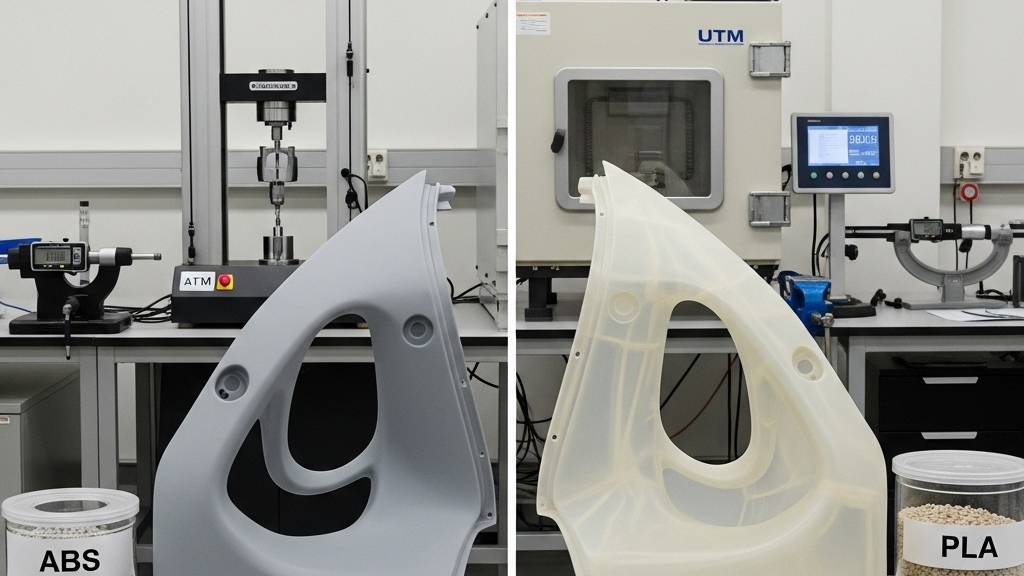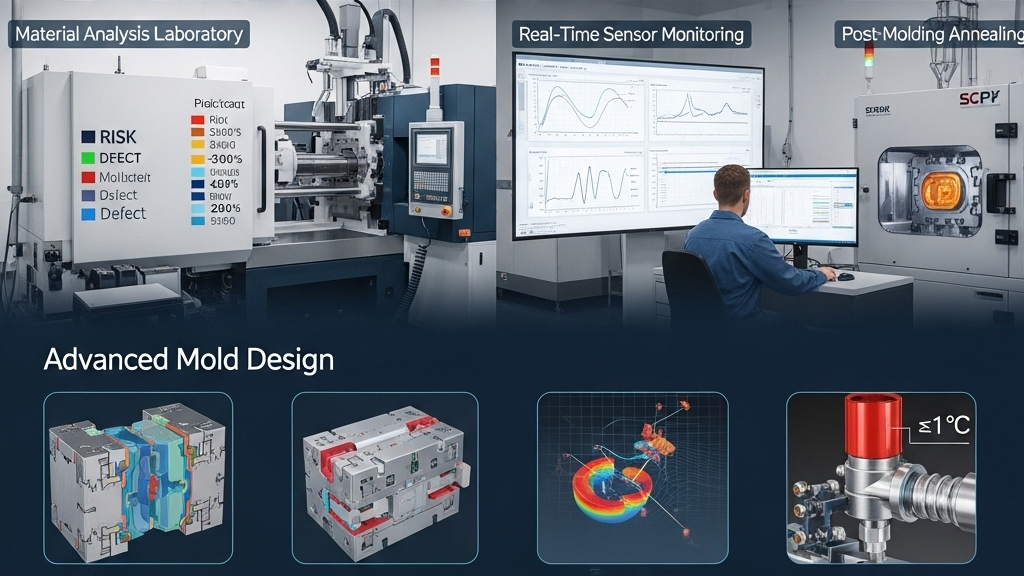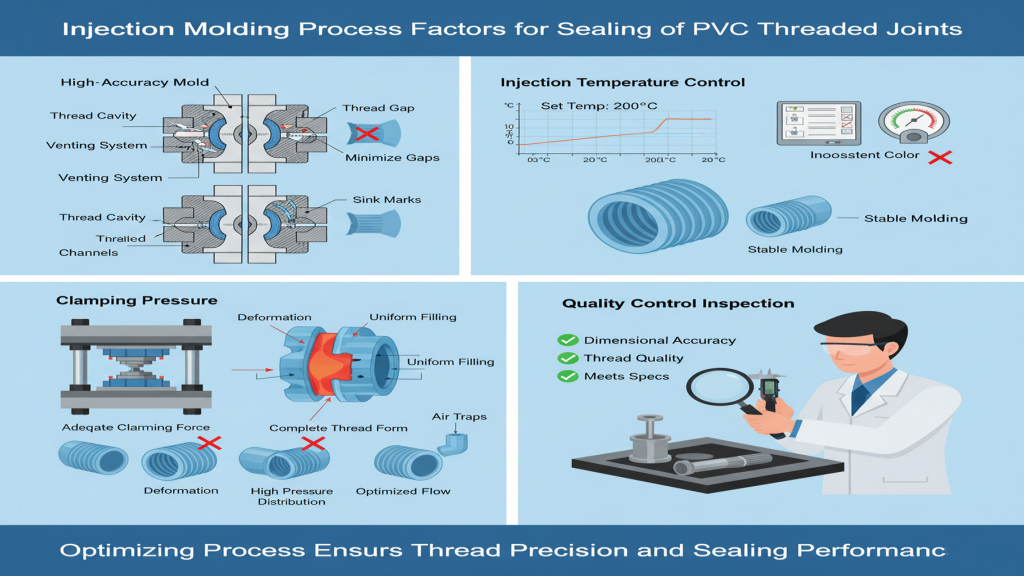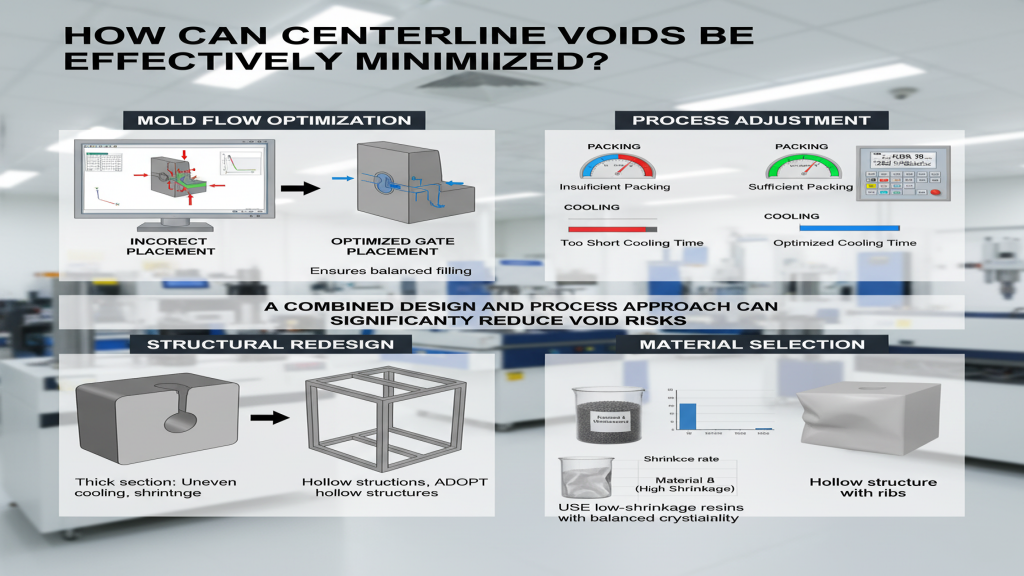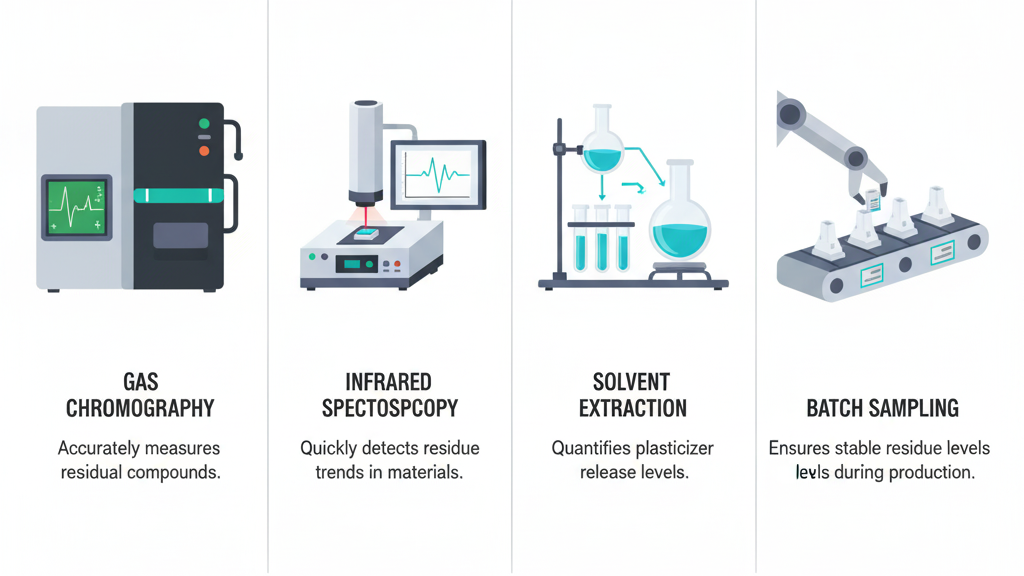
The injection molding process is the key to transforming plastic raw materials into finished products. At the heart of this is the precise control of a complex set of parameters. Material selection, mold design, and process parameters are the three cornerstones. Mastering these elements is the only way to ensure product quality and production efficiency.
Temperature, pressure, time and speed are the core process parameters. They interact with each other and affect the melting, flowing, and molding of plastics. Next, we'll explore how to apply these core elements to achieve the best possible injection molding results.
How do process parameters affect product quality?
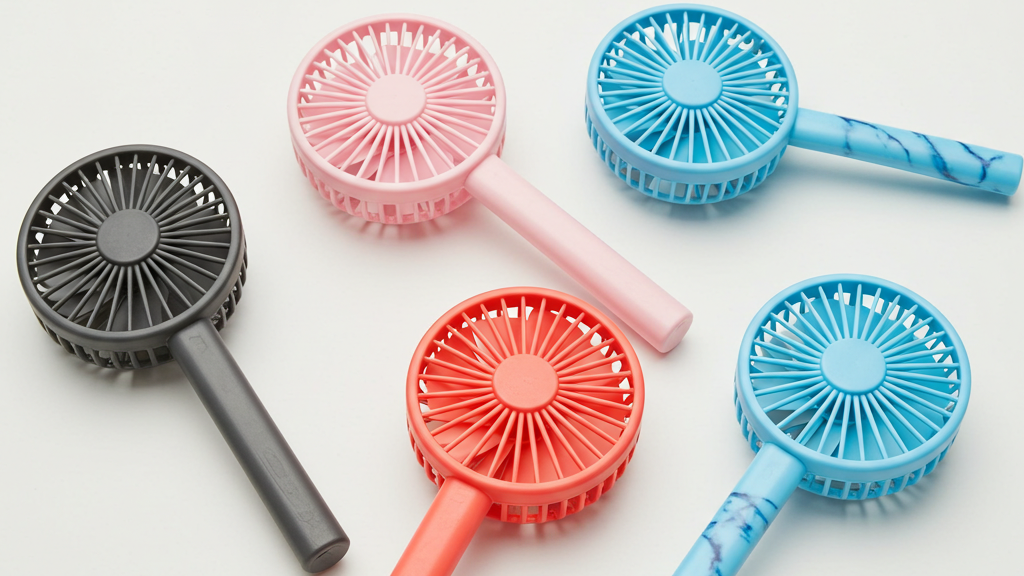
Process parameters in the injection molding process have a crucial impact on product quality, as they directly determine the flow, filling, cooling, and curing of the plastic melt, thus affecting the appearance, size, physical properties, and mechanical properties of the final product.
- Temperature control: Precise temperature control ensures that the plastic melts and flows, avoiding material degradation or underfilling.
- Pressure control: Proper pressure control ensures that the plastic fills the mold sufficiently, reduces internal stress and bubbles, and improves product density and dimensional accuracy.
- Time control: Reasonable time control optimizes the plastic filling and curing process, prevents product deformation, and improves production efficiency.
- Injection speed: A reasonable injection speed can ensure a good flow of plastic in the mold and avoid the generation of shear overheating or cold material.
What is the role of molds and materials?
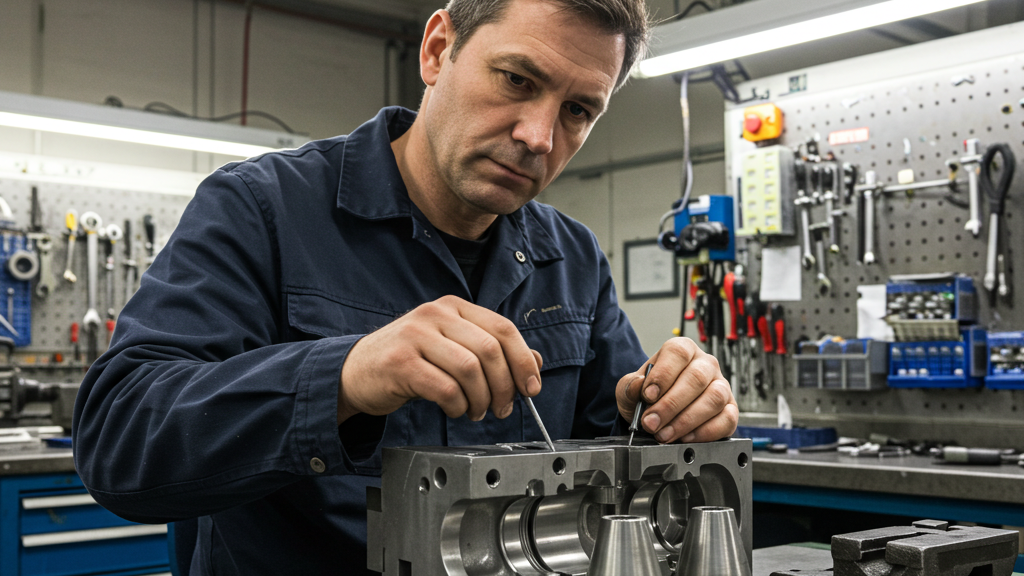
In the injection molding process, molds and materials play a crucial role, they influence each other, and together they determine the quality and performance of the final product.
- The role of the mold: the shape giver: the mold gives the product exactly the desired shape and size.
- The key to production efficiency: Good mold design optimizes the flow of plastics and increases production efficiency.
- The role of the material: the performance determinant: The material properties determine the final performance of the product and the range of applications.
- Basis of process parameters: material properties are the prerequisite for setting reasonable injection molding process parameters.
How can you optimize your process and increase efficiency?
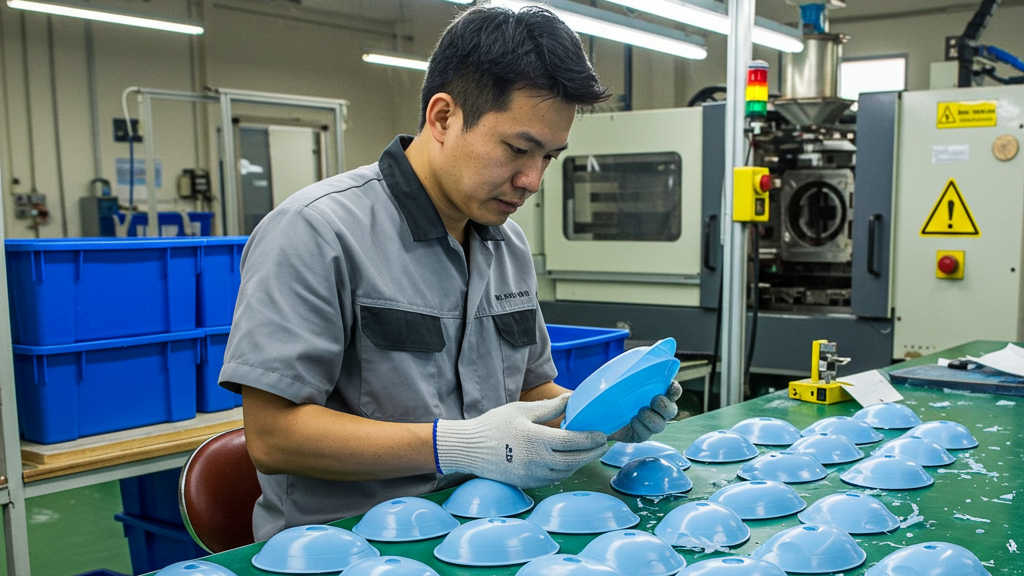
Optimizing the injection molding process, improving production efficiency, reducing production costs, and improving product quality is a comprehensive process that involves improvements in many aspects.
- Improve mold design: optimize mold structure, improve cooling efficiency, and reduce molding cycle.
- Adopt automation technology: Utilize automated equipment to reduce manual intervention and improve production efficiency and product consistency.
- Strengthen production management: Eliminate waste and ensure production continuity through lean production and equipment maintenance.
- Utilize advanced technology: Use advanced injection molding machines and monitoring systems to improve product quality and production efficiency.
A list of the core elements of the injection molding process
| Feature category | Core elements/parameters | Illustrations/examples |
|---|---|---|
| Material parameters | Type of material (such as ABS, PP, PC, etc.), drying temperature, drying time | Process parameters are selected based on material properties |
| Machine parameters | Injection machine type, screw diameter, maximum injection volume, clamping force | It needs to match the size of the product and the flow of the material |
| Mold design | The number of cavities, the runner system design, the cooling system design, the demoulding slope | It directly affects molding efficiency and quality |
| Process parameters | Injection speed, holding pressure, cooling time, melt temperature, mold temperature | Critical process control points, which need to be dynamically adjusted according to the material |
Balance between quality, efficiency and cost
In the injection molding process, the balance between quality, efficiency and cost is an eternal issue. The pursuit of high-quality products, efficient production and low-cost operation is the goal of every injection molding company.
1.Quality first, taking into account efficiency and cost: to ensure product quality first, through process optimization and cost control, to achieve efficiency improvement.
2.Efficiency first, quality and cost: efficiency is the key, while maintaining competitiveness through strict quality control and cost optimization.
3.Cost control, quality and efficiency synergy: on the basis of cost control, through quality assurance and efficiency improvement, to achieve the overall benefit maximization.
4.The way to achieve balance: through data-driven decision-making, technological innovation, lean production, and employee training, to achieve a balance between quality, efficiency, and cost.
conclusion
In summary, the core of the injection molding process is precise control and optimization. These elements include material selection, mold design, and process parameters. Together, they determine the quality, productivity, and cost of the final product.
For expert assistance in implementing for your production needs, visit our resource center or contact us. Let’s help you scale up your manufacturing with precision and efficiency!

